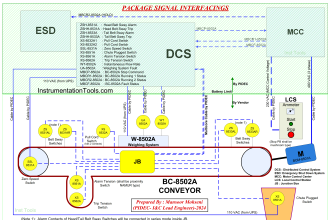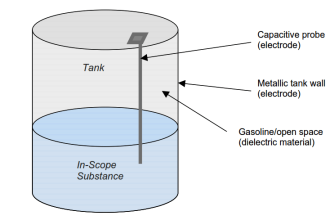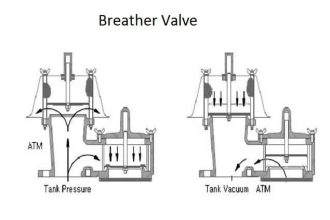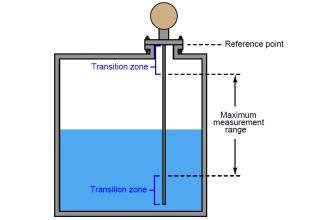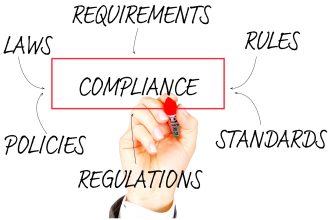Assessment of Relative Stability Using Nyquist Criterion
1. The phase margin (in degrees) of a system having the loop transfer function G(s) H(s)=2√3/s(s+1) is:
a) 45°
b) -30°
c) 60°
d) 30°
Answer: d
Explanation: Phase margin is calculated at gain cross over frequency where magnitude of the transfer function is 1.
2. The system with the open loop transfer function G(s) H(s) =1/s(s^2+s+1) has the gain margin of :
a) -6 dB
b) 0 dB
c) 3.5 dB
d) 6 dB
Answer: b
Explanation: Gain margin is calculated at phase cross over frequency where the phase is 180°.
3. The phase angle of the system, G(s) =s+5/s<sup>2</sup>+4s+9, varies between :
a) 0° and 90°
b) 0° and -90°
c) 0° and -180°
d) -90° and -180°
Answer: a
Explanation: As it is the type 0 system so the phase angle can be 0° and 90°.
4. The polar plot of the transfer function G(s) = 10(s+1)/s+10 will be in the :
a) First quadrant
b) Second quadrant
c) Third quadrant
d) Fourth quadrant
Answer: d
Explanation: Polar plot of the given transfer function lies in the fourth quadrant.
5. As the polar plot moves toward the point (-1, 0) then the system becomes :
a) Stable
b) Marginally stable
c) Conditionally stable
d) Unstable
Answer: d
Explanation: As the polar plot moves toward the point (-1, 0) then the system becomes unstable.
6. Polar plots moving toward the imaginary axis makes the system:
a) Stable
b) Marginally stable
c) Conditionally stable
d) Unstable
Answer: d
Explanation: Polar plots moving toward the imaginary axis makes the system unstable.
7. The concepts used to measure relative stability are:
a) Phase margin
b) Gain margin
c) Phase and Gain margin
d) Stable
Answer: c
Explanation: The concepts used to measure relative stability are phase margin and gain margin.
8. Phase and gain margin are applicable to open and closed loop systems both.
a) True
b) False
Answer: b
Explanation: Phase and gain margin are applicable only to open loop systems.
9. Gain margin is:
a) It is a factor by which the system gain can be increased to drive it to the verge of instability
b) It is calculated at gain cross over frequency
c) It is calculated at phase cross over frequency
d) Both a and c
Answer: d
Explanation: Gain margin is a factor by which the system gain can be increased to drive it to the verge of instability and is calculated at phase cross over frequency.
10. Phase margin is:
a) It is amount of additional phase lag at the gain cross over frequency required to bring the system to the verge of instability
b) It is always positive for stable feedback systems
c) It is calculated at gain cross over frequency
d) All of the mentioned
Answer: d
Explanation: Phase margin is the measure of relative stability which is always positive for stable systems.








